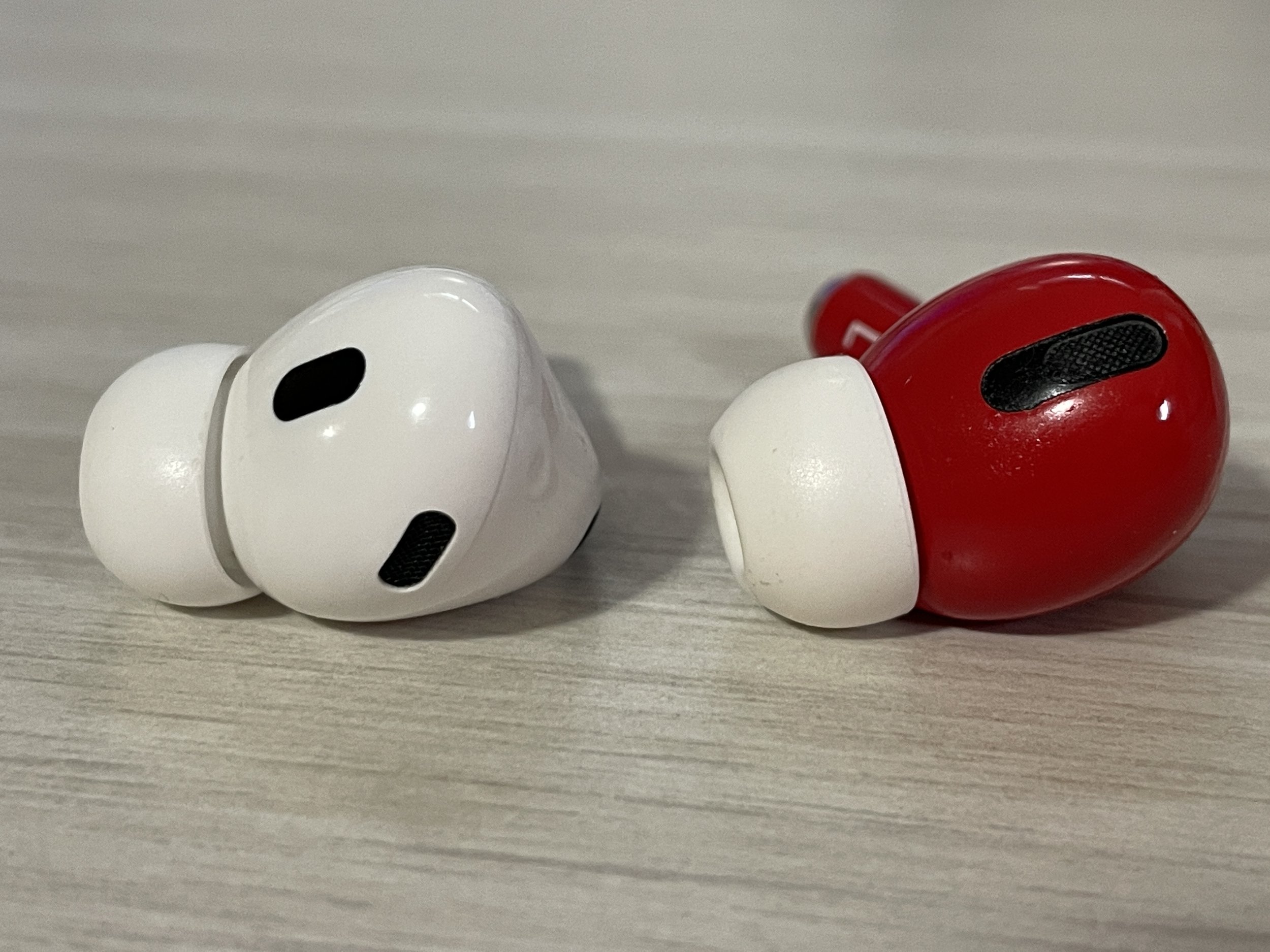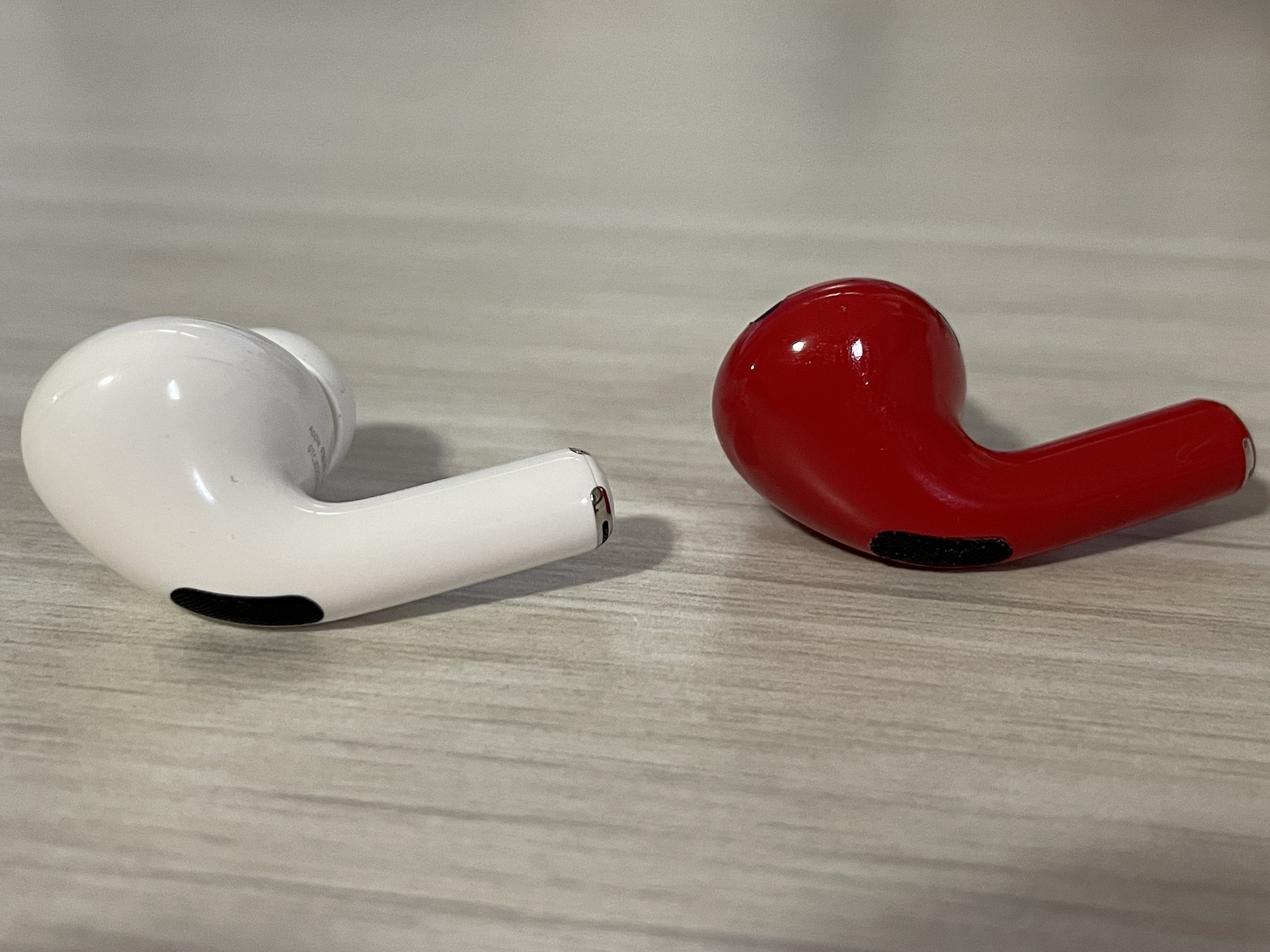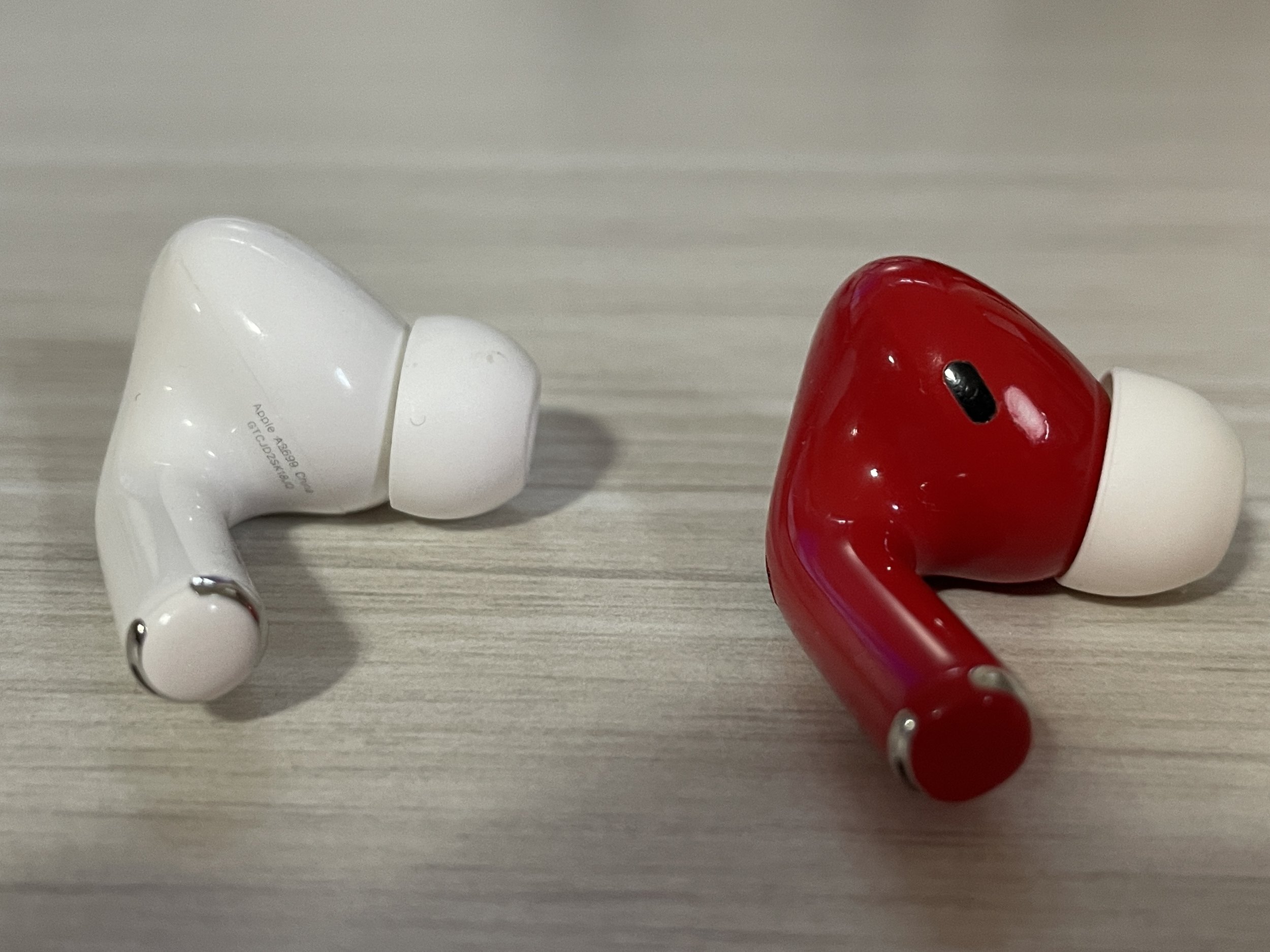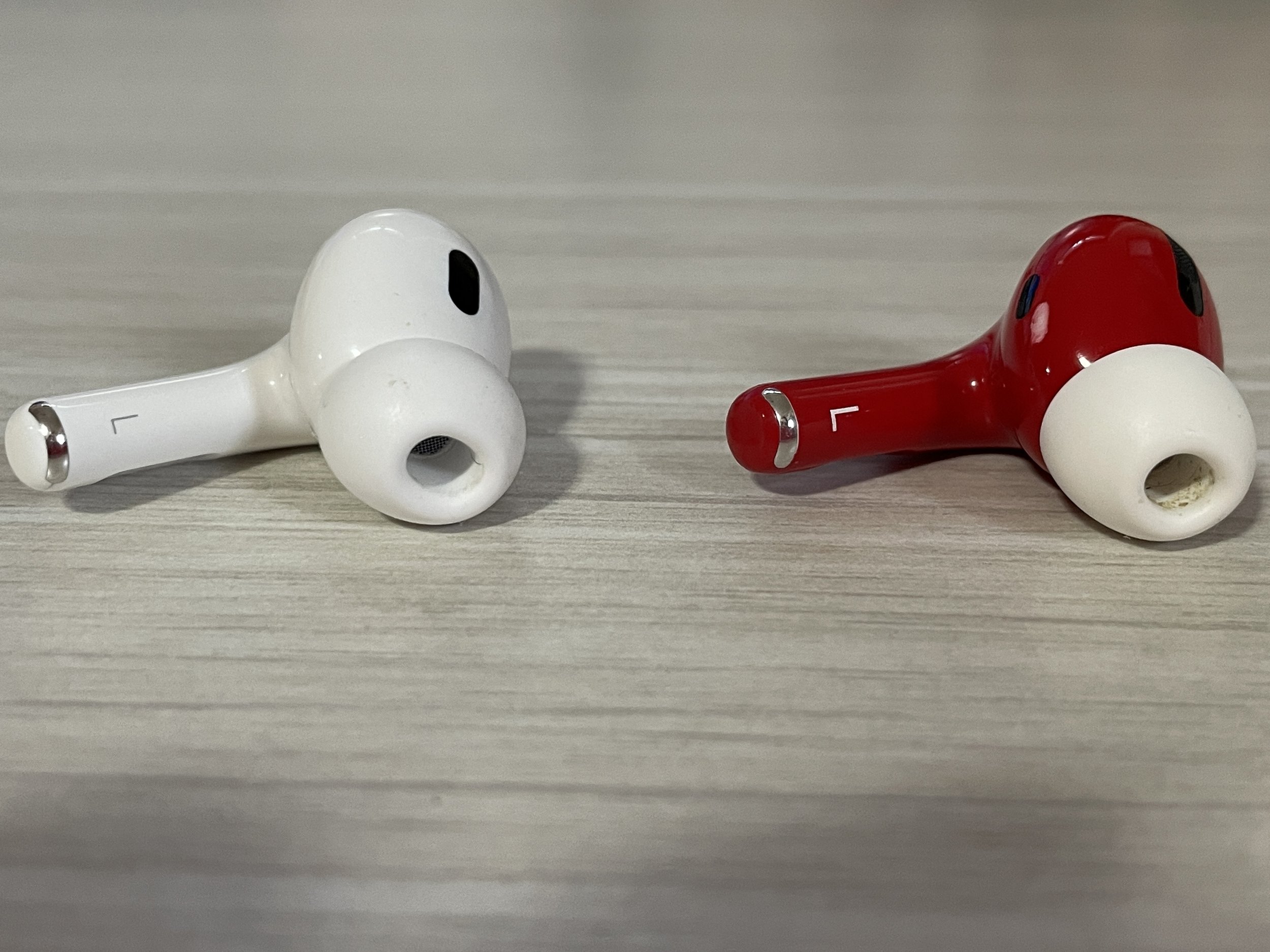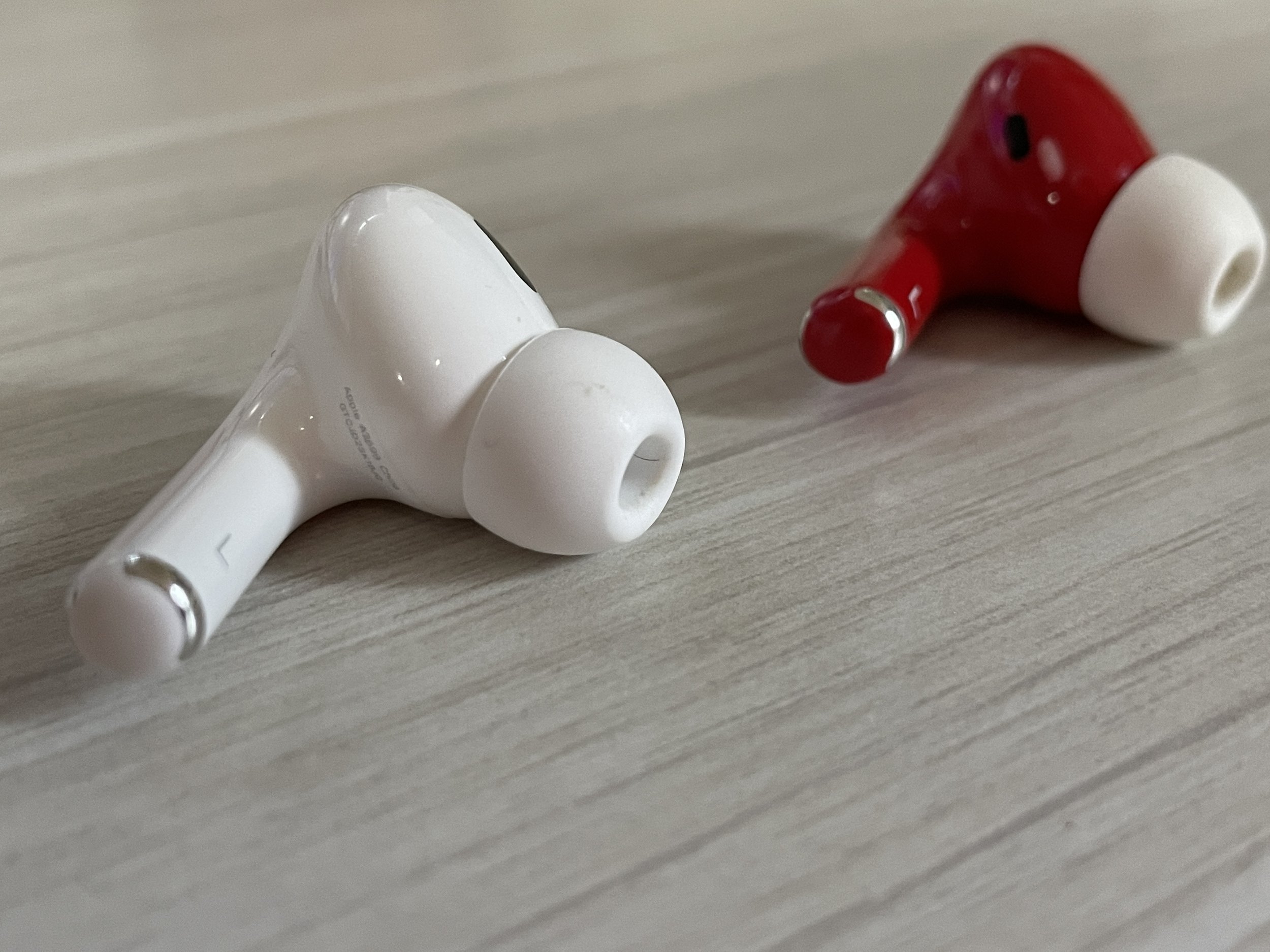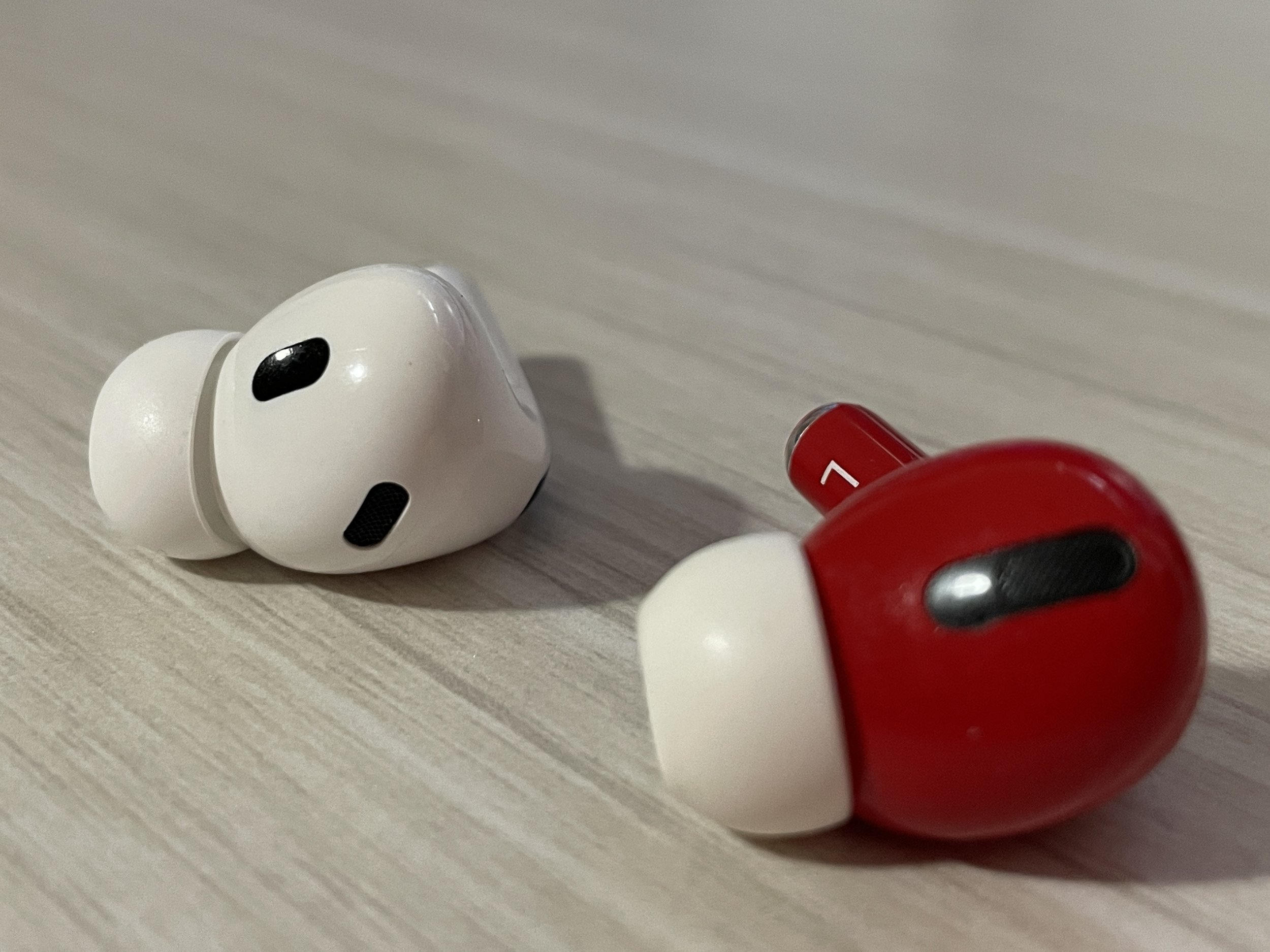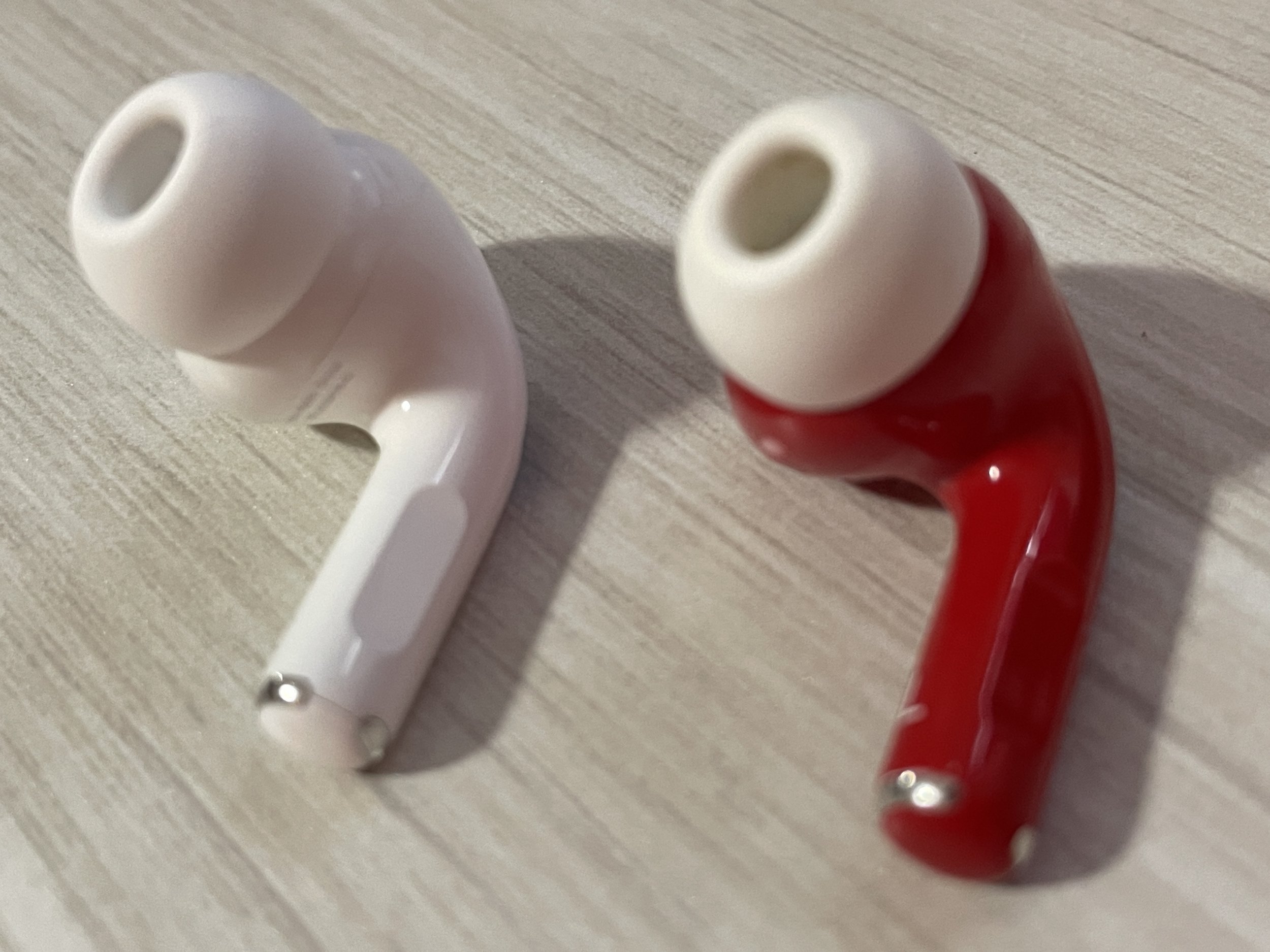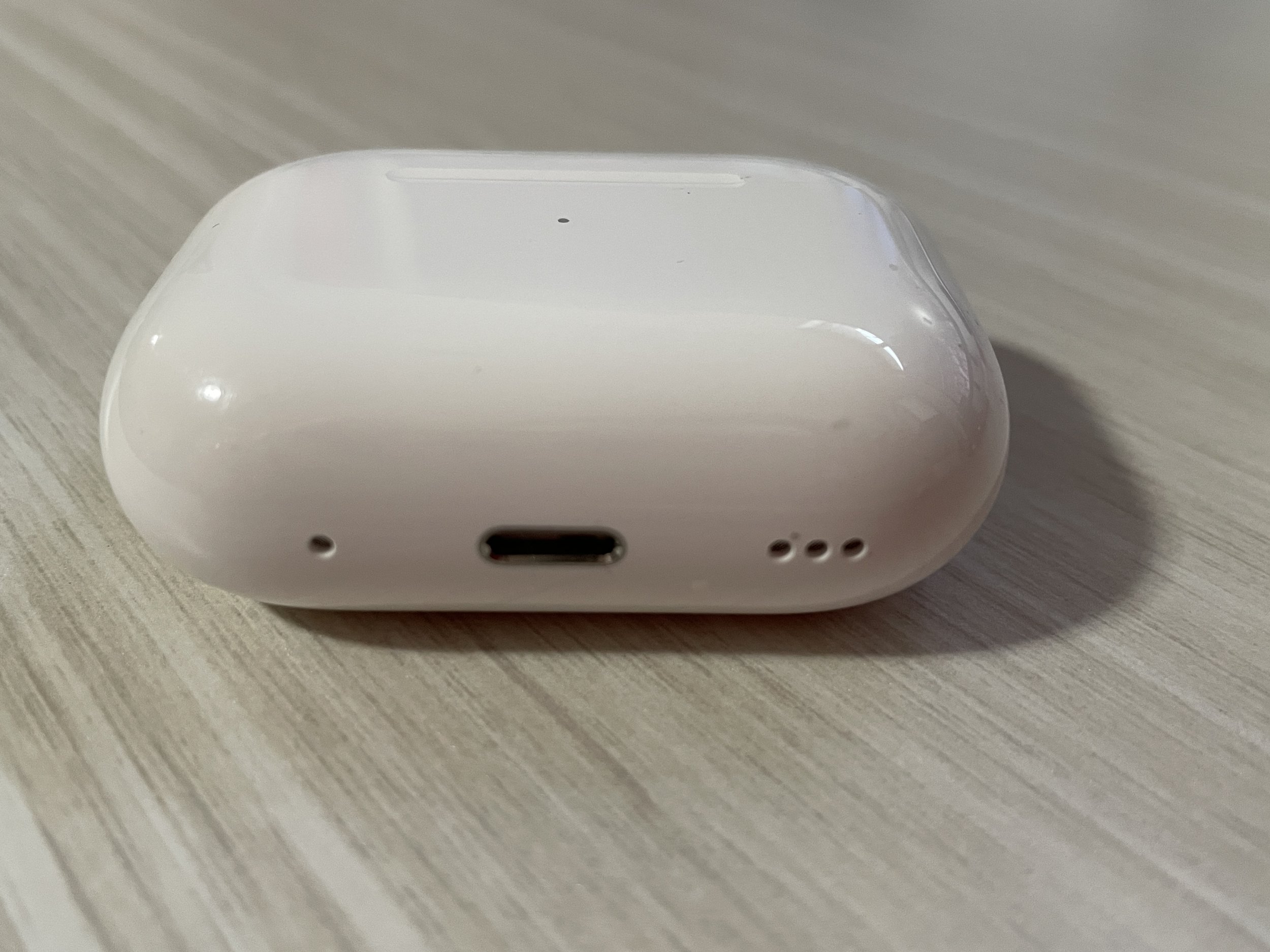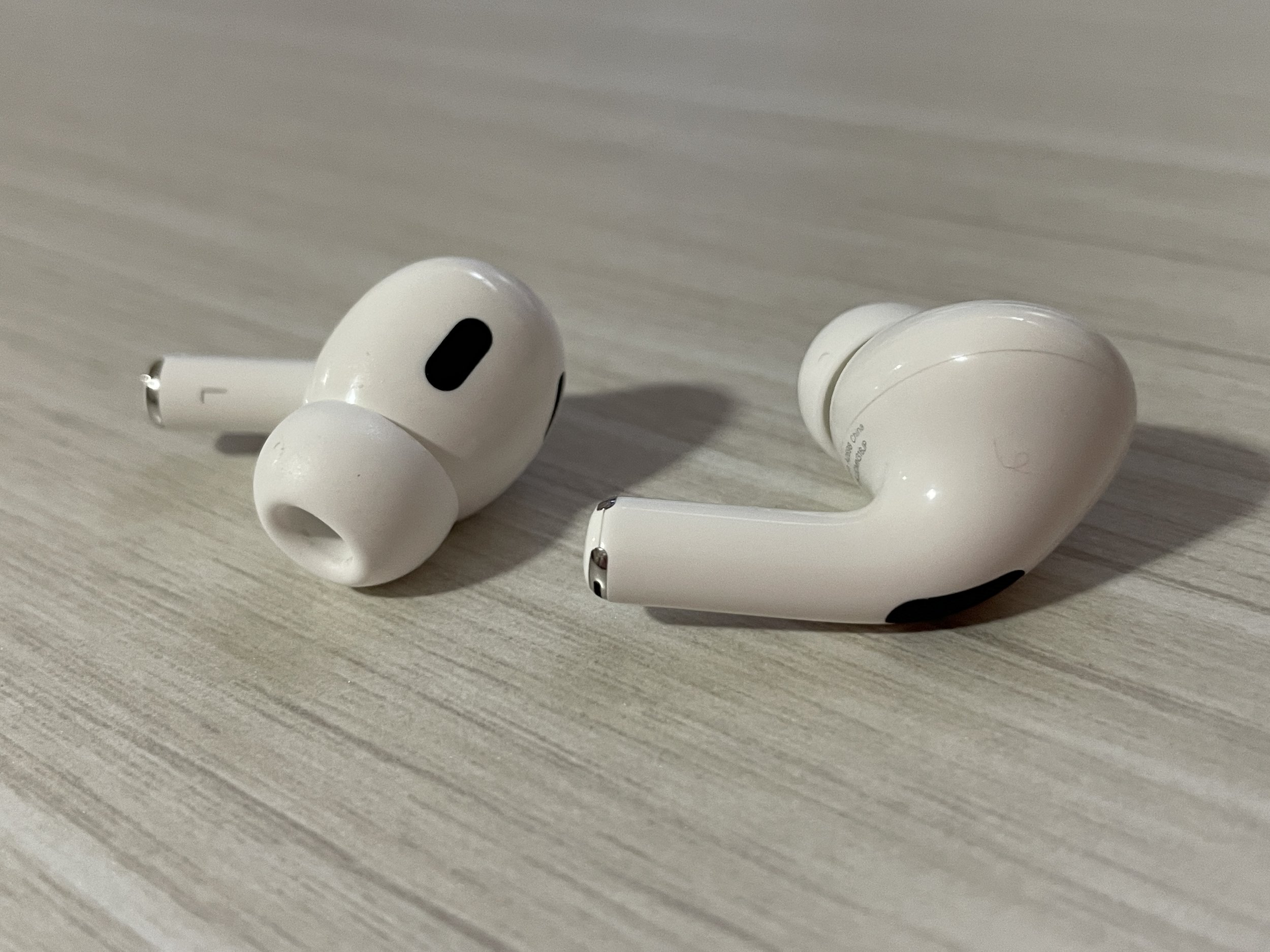Evolution Over Revolution
Apple AirPods Pro (2nd Gen.) Review
The original Airpods Pro debuted in October of 2019 to overwhelmingly positive reviews and rightfully so. Apple took all the magic from their revolutionary Airpods and crammed it into a more attractive package while throwing in better drivers and noise cancellation. It was a pro version of an existing product when, at the time, Apple’s “pro” variants fell a bit flat and leaving the apple faithful wanting more. Thankfully, the AirPods Pro delivered and was a significant upgrade over the regular AirPods.
Now, three years later, the successor to the AirPods pro is here, but does it live up to the hype? Let’s dig in!
The New
With a quick glance, chances are you’d be hard pressed to find anything aesthetically new with the AirPods Pro. They’re essentially identical in design to the previous model with the only difference being the relocation of a vent on the head of the AirPod. Apple moved the inward-facing, underside vent to the top of the AirPod. So now you have two vents on the top of the AirPod: one inward-facing and one outward-facing.
This is to allow the internal microphones to better detect your environment and, in theory, improve noise cancellation. I say in theory, because I think it’s up for debate. More on that in just a moment.
The starkest visual difference comes with the charging case itself. It now has a built-in speaker-and no, you cannot use the charging case as a portable speaker (sadly). The speaker serves two purposes: firstly, it acts as an auditory indicator for when you’re charging the case (a la traditional apple devices) and secondly it serves as a beacon when lost. Essentially this allows you to ping your headphones, allowing you to find them when lost-assuming your headphones and iPhone are on the same network.
This is Apple being their most innovative, in my opinion. It's such a small feature, yet has the potential to be the most impactful as it provides an instantaneous solution to a problem I’m sure we’ve all had at one time or another. It’s a quality-of-life improvement for everyone in the ecosystem and Apple should be applauded for including it. It’s them flexing their grey matter when no one asked them to.
Unsurprising to no one, there’s new stuff internally too. Quite a bit new, actually.
At the heart of everything is Apple’s new H2 processor. This, along with the computational algorithms, is what controls everything. Like a conductor, it deciphers the incoming music and articulates it on stage with efficiency, power and prowess. I’ll dig into the sound in just a moment, but just know the H2 chip does it’s job beautifully in that department.
The H2 chip also manages the internal listening environment by cancelling any external noise via the built-in microphones and the aforementioned vents. Unfortunately, I had no way of scientifically testing the Airpods Pro (2nd gen) ability to cancel out external noise, and I had to rely on my personal hearing to determine if the noise cancellation improved from the previous generation.
Upon A/B testing between first generation Airpods pro and second generation Airpods Pro, I honestly couldn’t decipher any difference in noise-cancellation, which is a bummer, because honestly it’s one of the major reasons to buy the pro model and influence an upgrade.
Now, this is not a terrible thing, as the noise-cancellation in the first generation is stellar, it’s just not on par with current offerings by Bose or Sony. A drastic improvement would have propelled the second-generation Airpods Pro to their level, or greater, in that regard.
Lastly, the neck (aka the stem) of the Airpods pro now has volume control built-in. A simple swipe up or down along the neck of the Airpod, allows to turn the volume up or down. It works extremely well and is another quality-of-life feature the airpods sorely needed. Other earbuds have had volume control for a few years now, so it’s nice to see Apple play catchup here.
The Sound
The second generation Airpods Pro sound incredible. There’s no simpler way to put it.
The highs are noticeably cleaner and more articulate. The violins in Somewhere in Time were noticeably more vibrant while the soft crash upon the cymbals during Harry Styles As it Was was more realized. More fulfilled. With the first-generation Airpods, it felt much flatter, anemic even, in comparison.
The lows are, well, lower and with a tighter punch. The bass doesn’t rattle your brain, but you do feel the bass. There’s a gentle quick and precise nudge on your eardrums and it’s damn effective. The beat of the drum in the opening of Fleetwood Mac’s The Chain is more menacing than ever while the constant low end of Taylor Swift’s Lavender Haze was an assault to my senses in the best way as it continually hit the low end, leaving me as satisfied as a basset hound getting an ear massage. This surprised me, honestly, because it was something I was not used to coming from the first generation. It’s a wonderful sensation and one I think most people will be most impressed with. It doesn’t take a trained ear to feel the improvement as you can literally feel it. It is subtle, but it’s definitely there!
The overall extraction of detail and separation is improved too. The H2 processor does a wonderful job of working in unison with the driver (which Apple totes as being custom built for the airpods) to help discern instruments and vocals from one another and presenting them authentically. This is presented in every song, of course, but Dave Matthews Band’s Crush is a shining example as there is literally every instrument ever created playing in that track. Okay, not really every instrument, but a whole lot is going on during that track and the instruments get a lot of time to flex their muscles as they meld together in perfect harmony with Dave Matthews vocals. The detail of each instrument is wonderful, especially for wireless transmission and the separation of instruments is clearly defined.
The overall presentation and soundstage is congested, as with most IEMS, but Apple’s spatial audio does a nice job digitally providing space among the instruments, allowing each one to breathe a little more.
Test tracks: As it Was by Harry Styles, Lavender Haze by Taylor Swift, Somewhere in Time by John Barry, Crush by Dave Matthews Band, The Chain by Fleetwood Mac and Cello Suite No. 1 in G Major, BWV 1007: 1. Prelude by YoYo Ma.
The Bad
There isn’t much negative to the Airpods Pro, other than Apple’s reluctancy to adopt USB-C. The lightning cable feels archaic in comparison as it’s slower and isn’t nearly as reliable or durable. An adoption down the road would be welcomed with open arms.
The Final Verdict
The second-generation of Apple’s Airpods aren’t quite a revolution. They’re merely an evolution of an already wonderful product and that’s to be expected, considering how magical and transformative the original Airpods Pro were.
This isn’t to downplay the impressive improvements Apple has made, especially where it counts: the sound. Highs are noticeably cleaner and crisper while the lows are visceral and impactful. Separation and detail are equally impressive, culminating to a stellar listening experience.
While I do wish noise cancellation was better and USB-C was adopted, Apple did implement volume-control and a “find-my” feature which are both wonderful quality-of-life improvements.
Overall, the second generation Airpods are highly recommended.


